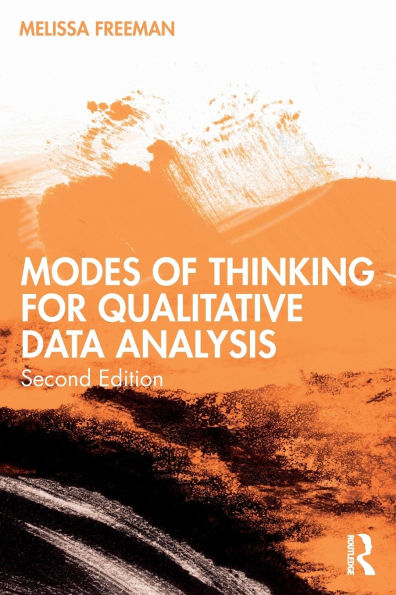Each “mode of thinking” engages in a particular process for analytical sense-making. Every chapter describes core characteristics of the focal analytical movement along with examples to illustrate what that approach might look like in practice. By presenting these analytical movements in the space of a single text, the author not only highlights their unique contributions to qualitative analysis but also creates a structure from which to understand their strengths and challenges, as well as the kind of outcomes and realities each participates in shaping.
This book is a thought-provoking resource for experienced and novice interdisciplinary qualitative researchers seeking to deepen their understanding of the variety of ways qualitative analysis is, and could be, theorized and practiced.
Each “mode of thinking” engages in a particular process for analytical sense-making. Every chapter describes core characteristics of the focal analytical movement along with examples to illustrate what that approach might look like in practice. By presenting these analytical movements in the space of a single text, the author not only highlights their unique contributions to qualitative analysis but also creates a structure from which to understand their strengths and challenges, as well as the kind of outcomes and realities each participates in shaping.
This book is a thought-provoking resource for experienced and novice interdisciplinary qualitative researchers seeking to deepen their understanding of the variety of ways qualitative analysis is, and could be, theorized and practiced.

Modes of Thinking for Qualitative Data Analysis
192
Modes of Thinking for Qualitative Data Analysis
192Paperback(2nd ed.)

Product Details
| ISBN-13: | 9781032472386 |
|---|---|
| Publisher: | Taylor & Francis |
| Publication date: | 06/20/2025 |
| Edition description: | 2nd ed. |
| Pages: | 192 |
| Product dimensions: | 6.00(w) x 9.00(h) x (d) |
